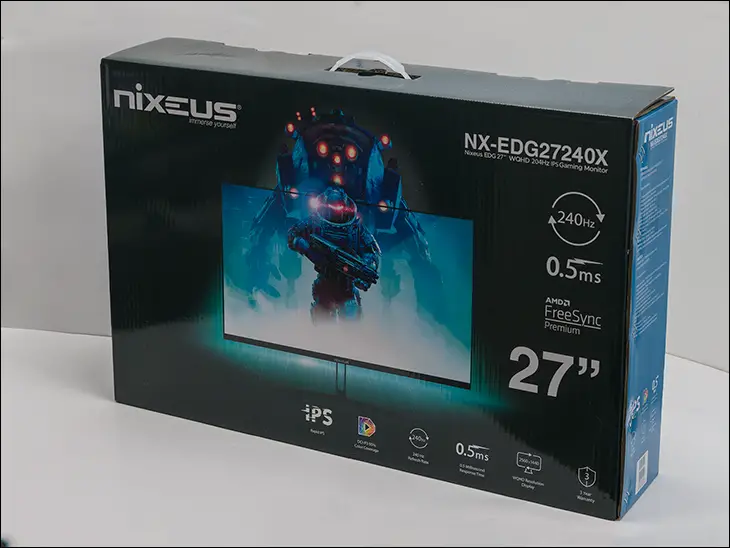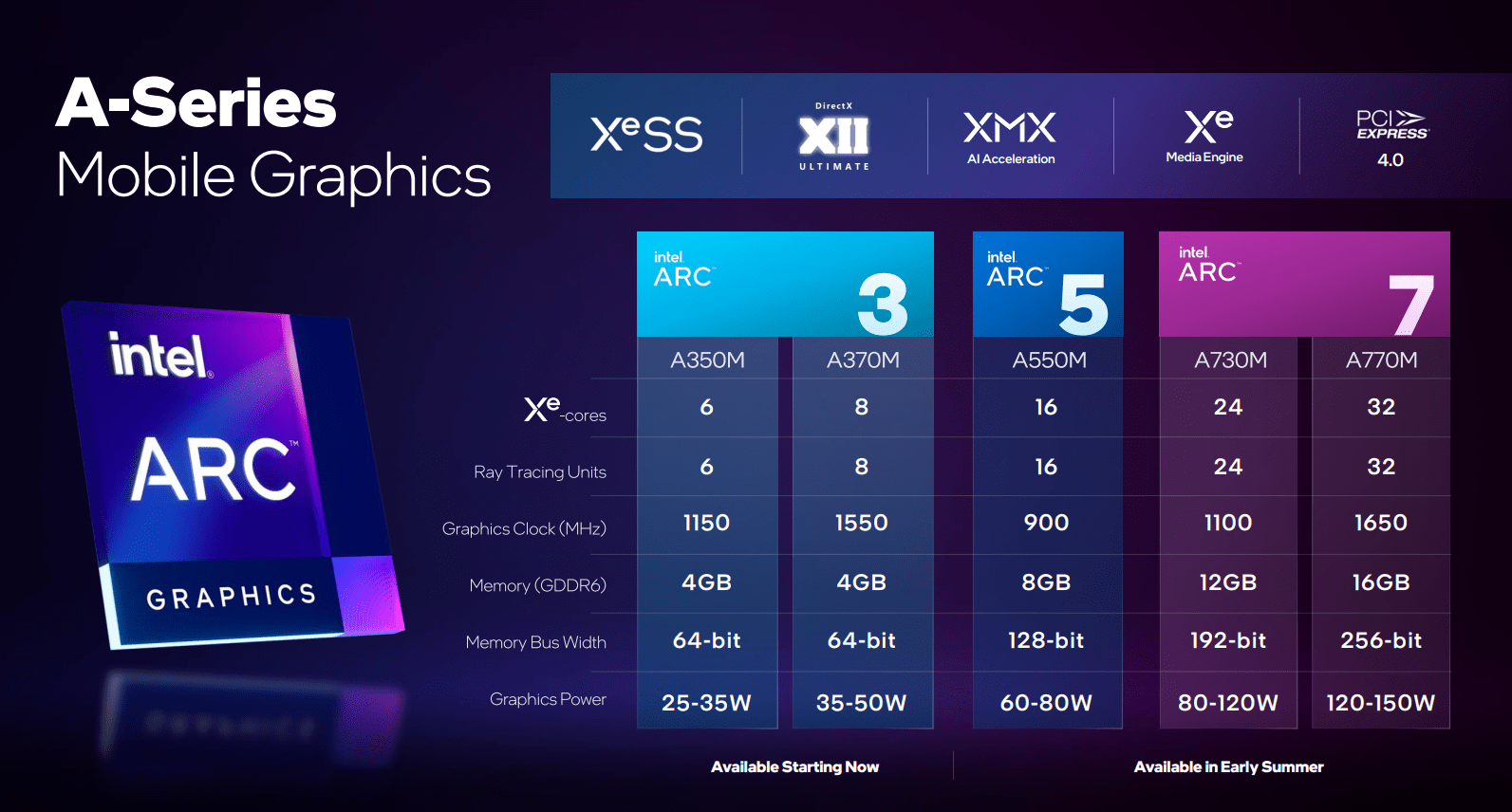
The Nixeus EDG-27240X is perfect example of why we hate the DCI-P3 standard becoming ‘the’ standard for PC consumers. To be precise, on paper the EDG-27240X is noticeably worse than its cheaper sibling the EDG-27X… as 95 percent is smaller than 98 percent… right? We wish things were that cut and dry. Yes, the EDG27X and its KSF coated LEDs do indeed offer a wider color gamut than the white-LED based EDG-27240X. So much so the EDG27X offers darn near Adobe RGB color range and the Nixeus EDG-27240X does not. So yes, the Nixeus EDG-27240X’s color range is rather wide but not as wide as the EDG27X.
However, the devil as they say is in the details. KSF LEDs have a hard time hitting the full blue corner of sRGB color range, whereas w-LEDs can and routinely do more than just hit the blue corner but exceed it (slightly). This is why the CIE results of the 27X were indeed impressive, but it does (barely) miss hitting full sRGB coverage… making it a 98% DCI-P3 coverage with ~99.99 percent sRGB coverage. Conversely the Nixeus EDG-27240X’s CIE result proves it has ‘only’ ~95% DCI-P3 coverage but full 100 percent sRGB coverage.

Why does this matter? It matters because while DCI-P3 is replacing aRGB as the de-facto higher standard, the ‘lowest common denominator’ standard is, and will be for the foreseeable future, sRGB. Put simply, the typical prosumer media creator will care about the wider color gamut the less expensive EDG27X offers… but professionals (especially photo editors who cater to Internet centric clients) will care more about the one hundred precent color accurate reproduction abilities that the ‘smaller’ color gamut of the EDG-27240X provides. The average person will rarely notice a difference and consider it a draw. As such for daily usage there is no clear cut ‘better’ or ‘winner’ when comparing the EDG-27240X to the EDG27X. Both have their strengths and their weaknesses.
There is one caveat to that statement. Both are similar if one has access to a colorimeter. If one does not… KSF based monitors tend to be slightly more difficult to dial in than w-LED. Even assuming we got lucky and ‘your’ EDG-27240X has as poor out of the box color profile as our EDG27X had it will take you a lot less time and effort to correct it than if you had saved some cash and opted for the (still excellent) EDG27X.
It also goes (almost) without saying that the EDG-27240X is going to be just as good as your typical 9-bill range 1440P 240Hz monitor when it comes to color accuracy and unless a given monitor comes certified to be factory calibrated (and you do not own a colorimeter) the EDG-27240X is the superior value.
Moving on.


With that said, there is also one cavate to the above results. For those who love the ‘soap opera effect’ of video smoothing the EDG27240X smokes the already excellent EDG27X. Being able to insert three additional ‘smoothing’ frames in-between each of the ‘real’ video frames over the already high four smoothing frames the EDG27X offers results in a night and day difference. Forget smooth, this monitor outputs pure buttery smooth goodness when properly harnessed. So much so that even the fastest past of sports becomes so smooth that it is almost like watching them in slow motion.
Sadly, there is also one last caveat to the EDG27240X… as it is not 4K. Much like the EDG27X, the combination of a wide color gamut with decreased dot-pitch / increase pixel density is where the real magic happens. Since it is ‘only’ 2K, the amount of change on the ‘work’ side of the equation is not as big as it could/will be when an eventual successor to (our favorite Nixeus monitor) the EDG274K lands. Until that happens the EDG27240X can be considered an excellent middle path option. One that offers a good argument for buying it over either the more expensive EDG274K or less expensive EDG27X options. Just understand its strengths vs. the strengths of the alternatives and make sure that they more than make up for a given monitor’s weaknesses in your typical daily life.









